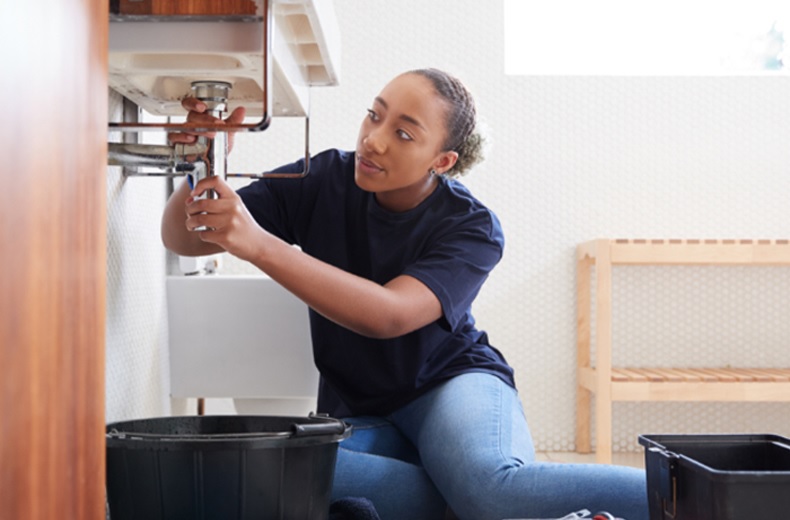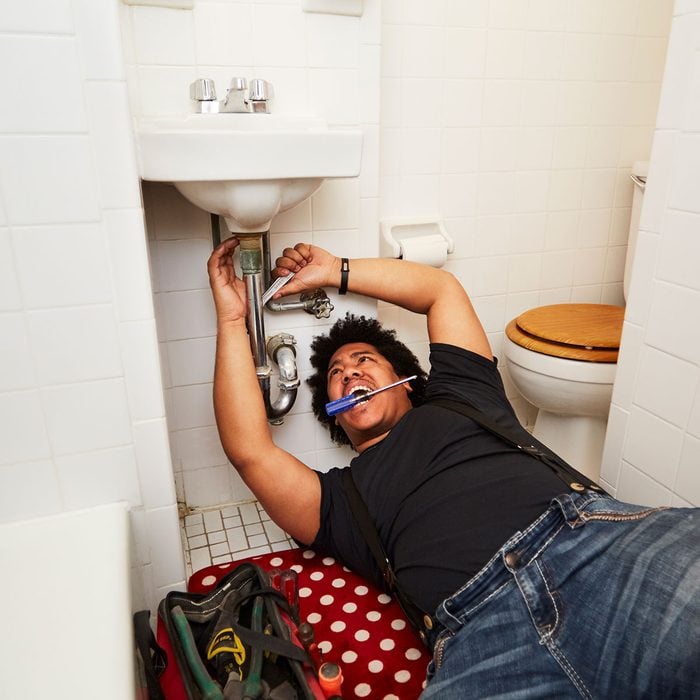Relied On Plumbing Services Alabaster AL for All Your Repairs
Wiki Article
A Step-by-Step Guide to Efficient Hot Water Heater Installment for Optimal Efficiency
Getting started on the job of mounting a water heater is a venture that requires accuracy and a methodical approach for achieving ideal performance. As you proceed, the complexities of linking water supply lines and establishing up reliable electrical or gas links wait for, appealing insights right into ensuring performance and integrity.Selecting the Right Hot Water Heater

Following, consider the size and capability of the water heating system. It's crucial to examine your family's warm water needs, which can vary based on the number of owners and their usage patterns. A system that's too small might cause inadequate warm water, while an extra-large design might result in unnecessary energy usage.
Performance scores likewise play a critical duty in selection. Look for water heaters with high Power Element (EF) ratings, showing superior performance and minimized energy use. Tankless versions, though normally more costly ahead of time, offer substantial energy cost savings in time because of their on-demand home heating capacities.
Preparing the Installation Area
Prior to setting up a brand-new water heating system, careful prep work of the setup location is essential. It's crucial to gauge the room very carefully to accommodate the water heating unit's dimensions, making sure ample clearance around the system for effective operation and servicing.Next, get rid of any type of debris, dust, or blockages from the site to produce a clean environment. Examine the floor for stability, as the water heater will need a strong, level surface to run properly. If needed, install a drip frying pan below the device to capture possible leaks or spills, preventing water damages to the surrounding area. In regions prone to seismic task, take into consideration setting up seismic bands to protect the heating unit strongly in position.
In addition, make sure that all necessary devices and products get on hand prior to starting the installment. This consists of items such as wrenches, screwdrivers, a level, and any kind of extra hardware required for mounting and safeguarding the heater. A well-prepared installment area establishes the foundation for an effective hot water heater arrangement, optimizing efficiency and safety.
Connecting Water System Lines
When attaching water lines to your newly installed hot water heater, it is important to make certain that all connections are safe and secure and leak-free to maintain reliable operation and protect against water damages. Begin by determining the warm and cool water supply lines. The cool water inlet is usually marked with a internet blue tag or a "C", while the warm water outlet is marked with a red tag or an "H".Usage versatile water heating unit adapters to assist in a simpler setup process. Prior to connecting the ports, position a plumbing professional's tape around the threaded ends of the water heating system's inlet and outlet pipelines.
When connections are in location, gradually activate the primary water system shutoff. Inspect each link for leakages by visually really feeling and inspecting for moisture. Tighten up connections as essential, and guarantee the pressure relief valve is properly installed, safeguarding versus too much pressure build-up.
Establishing Electric or Gas Connections
Correctly establishing up the electric or gas links for your water heater is a crucial step to guarantee reliable and risk-free operation. For electric water heaters, begin by validating that the electrical circuit is compatible with the heating unit's voltage and amperage needs.For gas hot water heater, security is vital. Validate that the gas supply is off prior to continuing. Link the gas line to the hot water heater making use of a versatile gas adapter, guaranteeing it is correctly threaded and secured with pipeline joint compound or Teflon tape ideal for gas links. Tighten the links with a wrench, making sure not to over-tighten (Water Heater installation Alabaster AL).
When links are made, inspect for any potential leakages. For gas lines, apply a soapy water this website service to the joints; bubbles suggest a leakage. For electrical connections, verify that all wiring is protected and properly shielded, preserving compliance with neighborhood electrical codes.
Testing and Changing for Effectiveness
With the electrical and gas connections safely in area, the following action is examining the functional efficiency of your water heating unit. Begin by thoroughly switching on the water supply and ensuring there are no leaks at any of the joints or valves. Once confirmed, continue to fill up the container, focusing on the stress and temperature level settings. It is suggested to establish the thermostat to an advised temperature of around 120 ° F(49 ° C) to stabilize energy efficiency and convenience.Following, do a complete evaluation to make sure the heating components or burner are working appropriately. For electrical heating systems, utilize a multimeter to validate if the elements are drawing navigate to this site the ideal current. In gas designs, observe the burner flame; it must be blue and constant, suggesting reliable combustion.
Change the setups as necessary to get rid of ineffectiveness. Consider applying insulation steps, such as adding a water heating system blanket, to better boost performance by minimizing warm loss. Furthermore, check the anode rod's condition, as a shabby pole can reduce effectiveness and result in tank corrosion.
Final Thought
Effective hot water heater installation is crucial for making certain optimum efficiency and power financial savings. By choosing the ideal type and size, and thoroughly preparing the installation area, a structure for success is established. Firmly linking water lines and meticulously establishing up electrical or gas connections lessen prospective concerns. Detailed testing for leakages and precise thermostat adjustments to 120 ° F enhance integrity and effectiveness. Complying with these steps promotes long-lasting performance and power preservation in domestic water heating unit.
Effectively establishing up the electric or gas connections for your water heating unit is a critical action to make certain safe and reliable operation. For electric water heating units, begin by confirming that the electrical circuit is suitable with the heating system's voltage and amperage needs. Attach the gas line to the water heating system utilizing a versatile gas connector, ensuring it is correctly threaded and secured with pipeline joint compound or Teflon tape suitable for gas connections.
Report this wiki page